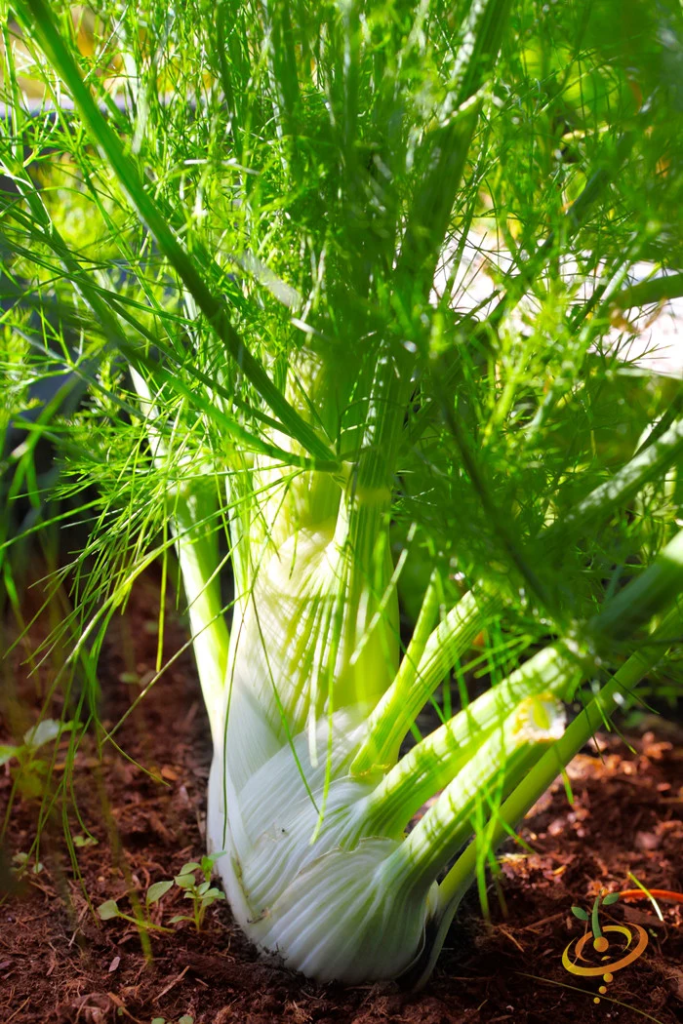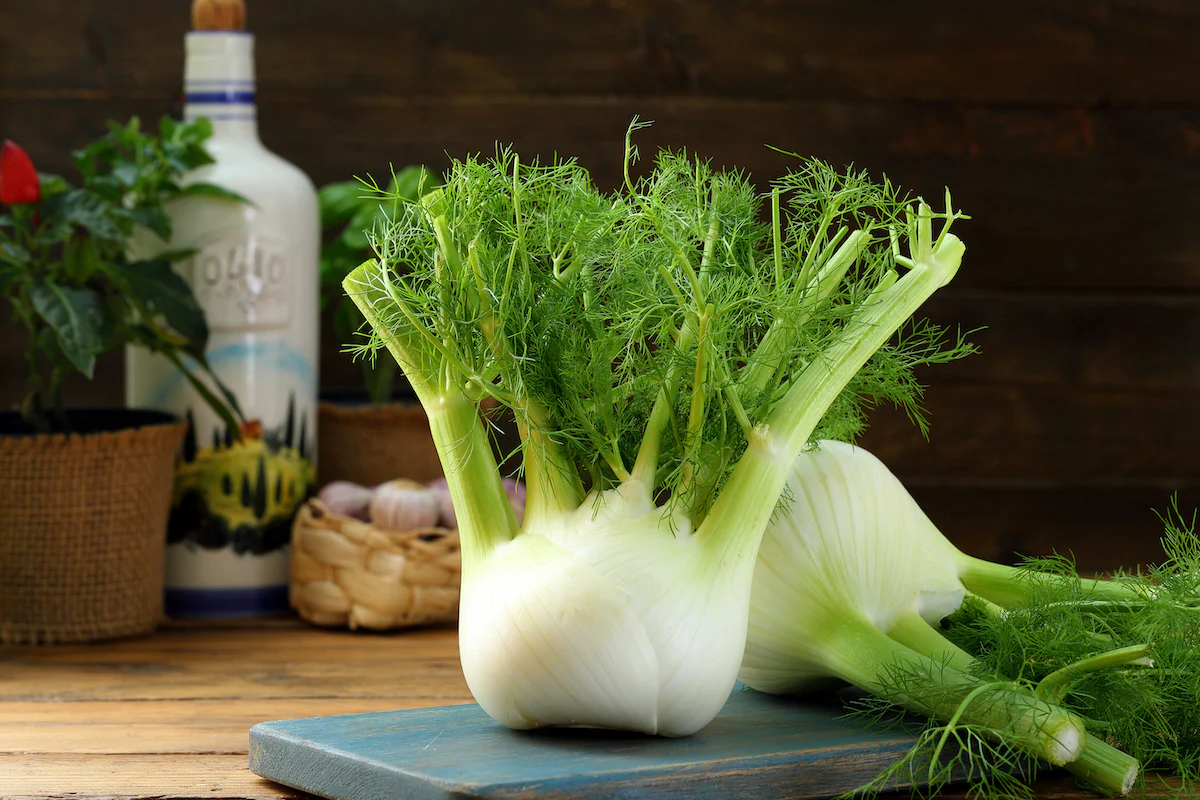Fennel, a versatile and beautiful herb, has been cherished for both culinary and medicinal purposes for centuries. Native to the Southern Mediterranean, fennel is now grown worldwide as an annual, biennial, or short-lived perennial. While considered a weed in parts of Australia and the Western US, fennel’s usefulness in the kitchen and garden makes it an invaluable plant when properly managed.
Edible Parts of Fennel
All parts of the fennel plant are edible, making it an excellent addition to any garden or kitchen. From its tender fronds to its flavorful seeds, fennel is both practical and delicious. Bulb fennel, often chosen for its crisp, celery-like stems, is particularly popular among gardeners. Additionally, fennel plants that bolt (produce flowers) offer opportunities to harvest pollen and seeds. Fennel’s frilly leaves are also a flavorful addition to dishes, and its compact size makes bulb fennel a great option for smaller gardens. Taller varieties, like herb fennel and blushing bronze fennel, add feathery texture and beauty to garden landscapes.

How to Harvest Fennel Pollen
Fennel pollen has gained popularity as a trendy spice in recent years, though it has long been used in Italian cuisine. This fragrant spice captures the essence of fennel’s citrusy, licorice-like flavor in a concentrated form. To harvest fennel pollen, cut several flowering fennel heads and place them in a clean paper bag. Leave the bag in a warm, dry place for at least a week. Shake the bag gently, and collect the pollen and dried petals that fall to the bottom. Store the pollen in an airtight container in a cool, dry place, where it will keep for several months. Don’t forget to leave some flowers behind to produce seeds and provide nectar for beneficial insects. Fennel is particularly attractive to hoverflies, wasps, and the larvae of black swallowtail butterflies, known as parsleyworms.

Health Benefits of Fennel
Fennel seeds are renowned for their health benefits. Rich in antioxidants and possessing anti-inflammatory properties, fennel seeds have been used for centuries to aid digestion, particularly in reducing intestinal gas. Many cooks add fennel seeds to dishes like asparagus, cabbage, and beans to help minimize the discomfort that these foods may cause. Fennel supplements are also commonly used to alleviate menopausal symptoms. Additionally, fennel has been used in weight loss remedies for centuries. In a recent study, women who drank fennel tea before meals reported reduced hunger and an increased sense of fullness. To try fennel for yourself, make an infused water with fennel leaves or seeds to sip throughout the day.

Debunking Fennel Myths
Despite its many benefits, fennel has been the subject of some misconceptions. A common myth is that fennel and dill will cross-pollinate. However, these two herbs are different species and cannot hybridize due to differing chromosome numbers. Another myth suggests fennel is a “murderous” companion plant that stunts the growth of neighboring crops. While fennel does produce seed coats that inhibit the germination of other seeds, studies show that its effect on other plants is not significantly more powerful than other herbs like lavender. In fact, fennel’s potential as a natural herbicide could be harnessed in the future, with concentrated fennel seed extracts as a key ingredient.
Whether you’re using fennel in your garden to attract beneficial insects or in your kitchen to enhance your dishes, this herb offers endless possibilities. Dispelling common myths and understanding its true potential will allow you to enjoy fennel’s many benefits without fear of its so-called drawbacks.
